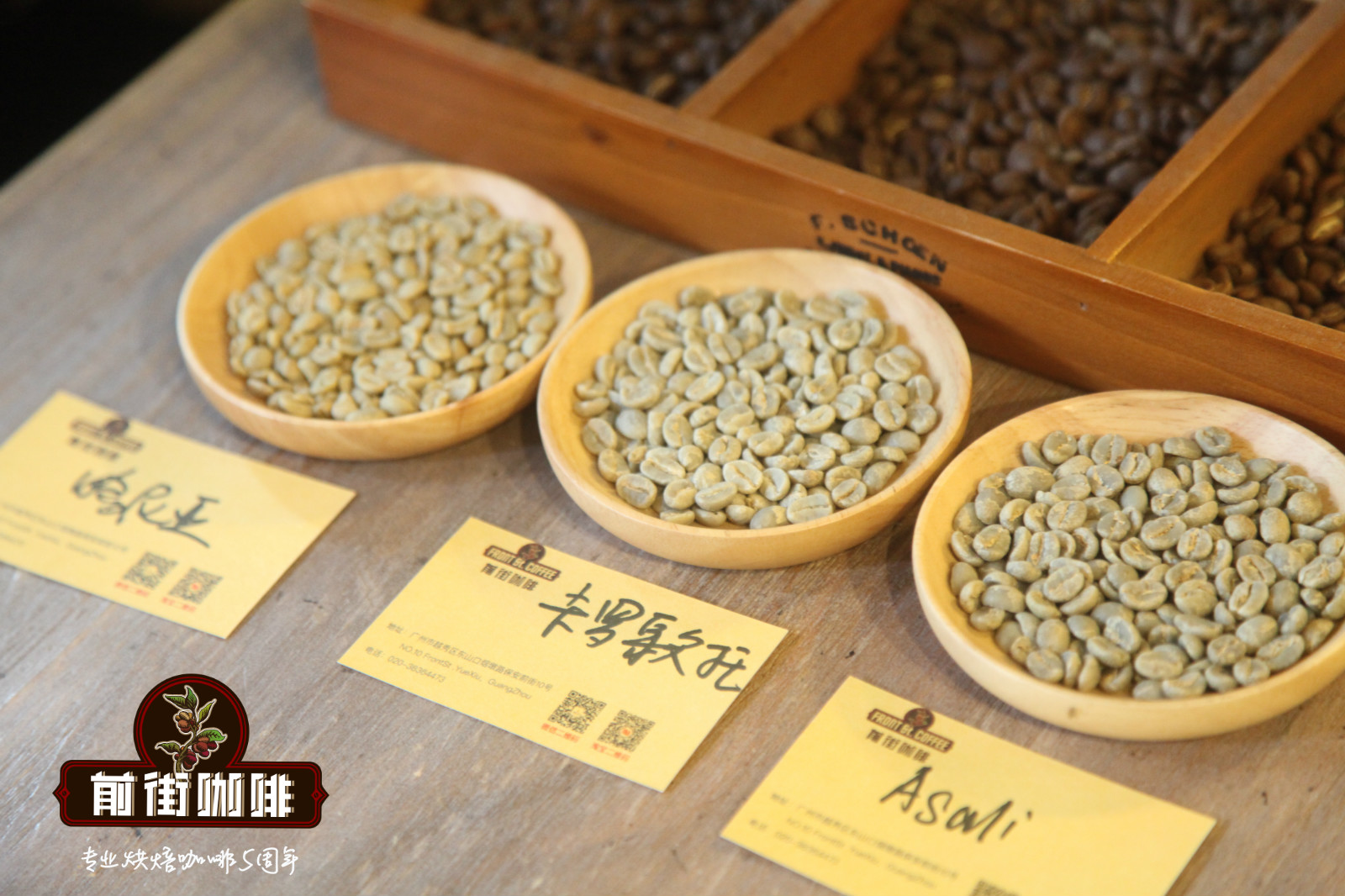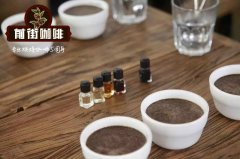Arabica Coffee, the most important kind of coffee in the world, okay?

Professional coffee knowledge exchange more coffee bean information please follow the coffee workshop (Wechat official account cafe_style)
Arabica species (scientific name CoffeeArabica). The origin of Arabica species is Ethiopia's Abyssinia Plateau (present-day Ethiopian Plateau). In the early days, it was mainly used as medicine, and in the 13th century it developed the habit of baking and drinking. It was introduced into Europe through the Arab world in the 16th century and further became a favorite drink all over the world.
Arabica coffee accounts for about 65% of the coffee beans in the world. Its excellent flavor and aroma make her the only coffee that can be drunk directly and alone among these native species. However, its resistance to dryness, frost, diseases and insect pests is low, especially the biggest natural enemy of coffee-leaf rust, so all producing countries are committed to improving varieties. For example, Sri Lanka, as we all know, used to be one of the most famous coffee producers in the past, but coffee farms were not spared by leaf rust at the end of the 19th century. Since then, Sri Lanka has turned to black tea, which is also the kingdom of black tea in India.
Arabica is a large shrub with oval, dark green leaves and oval fruit. There are generally two slightly flattened beans with small and round beans, long oval on the front, narrow and S-shaped cracks in the middle, and smooth arcs on the back of the beans. Caffeine content is about 1% Muay 1.7%.
Arabica coffee trees grow between 900m and 2000 m above sea level; they are hardy, and the suitable growth temperature is 15 ℃; they need more humidity, and the annual rainfall is not less than 1500 ml. At the same time, they also require higher cultivation techniques and conditions.
Arabica coffee beans are mainly grown in South America (except Argentina and parts of Brazil), Central American countries, Africa (Kenya, Ethiopia, etc.), Asia (including parts of Yemen, India and Papua New Guinea), and a small amount of Arabica coffee beans are also grown in Yunnan, Hainan and Taiwan in China.
[Elaraby Kadou]
Arabica coffee has harsh planting conditions, weak disease resistance, high altitude requirements, slow growth, high quality, and fine processing of raw beans.
The Elaraby coffee bean fruit is oval, there are generally two slightly flat beans, the bean body is small and round, the front is long oval, the middle crack is narrow and curved in S shape, and the arc on the back of the bean is smooth. The main producing areas are South America, Central American countries, Africa and Asia. A small amount of Arabica coffee beans are also grown in Yunnan, Hainan and Taiwan of China.
[Arabica flavor] Coffee has a varied and broad potential flavor. Arabica coffee produced in different regions, different elevations and different climates usually has its own characteristics and can show a completely different flavor. Arabica coffee smells like grass when it is not roasted. When properly roasted, Arabica coffee shows "fruity" (medium-light roasting) and "caramel sweetness" (deep roasting). Generally speaking, it has a better aroma and flavor than Robbosa beans. It makes it the only coffee among these original species that can be drunk directly and alone, and can be used as a single product or as an Italian blend of coffee.
Related recommendation: drink coffee, start with an Arabica coffee bean
Important Notice :
前街咖啡 FrontStreet Coffee has moved to new addredd:
FrontStreet Coffee Address: 315,Donghua East Road,GuangZhou
Tel:020 38364473
- Prev

How about Arabica coffee? Arabica coffee is more advanced?
Professional coffee knowledge exchange more coffee bean information Please pay attention to the coffee workshop (Wechat official account cafe_style) Arabica flavor and aroma are of good quality and are often used to make boutique coffee, while robusta is easy to grow and has the advantage of low price, it is mainly used for hybridization or as the main raw material of instant coffee. If the variety of coffee is divided according to biology, it can be divided into
- Next

Arabica coffee popular science characteristics of Arabica coffee
Professional coffee knowledge exchange more coffee bean information please follow the coffee workshop (Wechat official account cafe_style) science popularization, nowadays, many coffee sellers have started a new journey of their own coffee drinks, and there is no lack of Arabica as their own brand promotion, all claim to use 100% Arabica, when doing publicity, they actually say so: now grind black coffee.
Related
- Beginners will see the "Coffee pull flower" guide!
- What is the difference between ice blog purified milk and ordinary milk coffee?
- Why is the Philippines the largest producer of crops in Liberia?
- For coffee extraction, should the fine powder be retained?
- How does extracted espresso fill pressed powder? How much strength does it take to press the powder?
- How to make jasmine cold extract coffee? Is the jasmine + latte good?
- Will this little toy really make the coffee taste better? How does Lily Drip affect coffee extraction?
- Will the action of slapping the filter cup also affect coffee extraction?
- What's the difference between powder-to-water ratio and powder-to-liquid ratio?
- What is the Ethiopian local species? What does it have to do with Heirloom native species?

